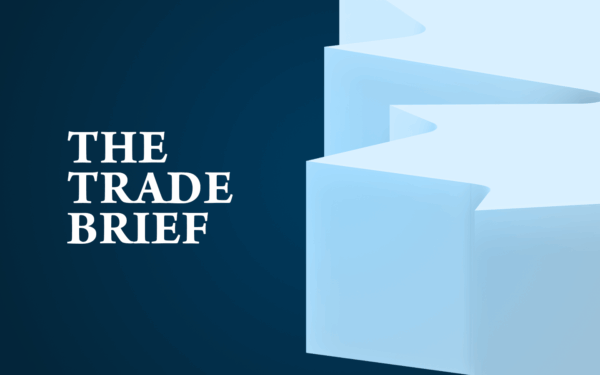Stable old Canada’s economy is in danger of becoming complacent — which could hurt you in the wallet
As published in the Toronto Star
Canada’s economy is walking a fine line these days, which is important to recognize as the federal government gears up for its imminent autumn fiscal update.
It’s stable but stagnant.
It’s rich in clean energy and natural resources, but we risk keeping that wealth to ourselves because of regulatory foot-dragging.
It’s growing, but barely.
Canada’s deficits and debt-to-GDP ratio are good comparatively, but not objectively.
Inflation is easing, but ever so slowly. This week’s economic update from the Bank of Canada pointed to the proverbial soft landing, but that’s only if everything works out just so.
While there are many factors which explain the state of our economy, perhaps the most disconcerting is complacency.
At an individual level, Canadians are overflowing with ambitious ideas, an entrepreneurial spirit and the urge to innovate. The success stories are all around us.
But at a national, macro level, Canada has become complacent about improving our collective quality of life. While that’s never been a great thing, it was perhaps bearable in the past because our economy was strong enough to allow most Canadians to live comfortably.
That’s no longer the case. Affordability has been a central issue in the past two elections, but now, exacerbated by inflation and high mortgage rates, it’s become critical for many families. Corporations and households alike are reluctant to buy, expand or invest. The standard of living of many Canadians has declined, and there’s not much optimism about a turnaround any time soon.
Being complacent about complacency has become destructive
The Bank of Canada on Wednesday once again shaved its growth forecast for the year, extended its timeline for getting inflation under control, and, to top it off, ratcheted down its expectations for how much the economy could grow even if everything were going well. Which it’s not.
In other words, being complacent about complacency has become destructive, pushing us to the wrong side of that fine line.
Fortunately, there are still things we can do to make sure we work our way to the right side of the line.
Stability, certainty and reliability can be competitive advantages, especially at a time when the world keeps throwing crisis after crisis at us. Geopolitical risk can be met by Canadian predictability, but this doesn’t just happen by itself. It means rules and regulations that don’t change in a political headwinds, and infrastructure that is dependable.
Our relative prosperity has always been a selling point for immigrants and international investors alike, but can be even more so if we put our minds to enhancing it — boosting productivity through innovation and strategic investment in technology and training.
Our natural resources and our long-standing expertise in producing energy can add constructively to global energy security and the global effort to reduce emissions at the same time, if we align our policies, investment ambitions and workforce accordingly.
And if governments embrace economic growth, rather than pointing the finger at, and talking down Canada’s globally, successful companies, our standard of living could actually improve.
We want to see our companies succeed on the world stage
Polling shows that Canadians like to see their companies flourish in the global economy and succeed on the world stage — especially in the United States. There are countless examples of Canadian headquartered companies that are growing both across the country and around the globe.
We can hope that the federal government’s fall fiscal update takes that sentiment and runs with it — shifting from complacency to global competitiveness — by fostering stability, certainty and reliability as a springboard for economic success both here and abroad.
The update typically includes the latest tally of government spending and revenues for the next few years, giving us a current view on deficits, debt and fiscal policy. In recent years, the fall update has often included some substantive measures as well — usually spending items to meet the moment.
This year, we can hope that the government’s spending track will be kept in check — preferably by sound fiscal anchor or rule-of-thumb that will stand the test of time: ensuring that in this era of higher-than-normal interest rates, servicing the debt will cost less than 10 per cent of revenues. Canada is below that threshold now, but new spending could put us above it, on an unsustainable path, exacerbating inflation and curtailing the government’s future spending capacity.
We can also hope that the long list of proposed initiatives to spur on the energy transition are finalized and brought into effect. Canadians who want to invest and make change in the energy sector have watched with envy as the United States surges ahead with solid policy in hand, even as Canada gets bogged down in details.
Canada is not known for being flashy, which often serves us well in a world fraught with risk. But let’s make sure that absence of flash means we are a beacon of stability in a chaotic global economy, rather than a complacent bystander.









